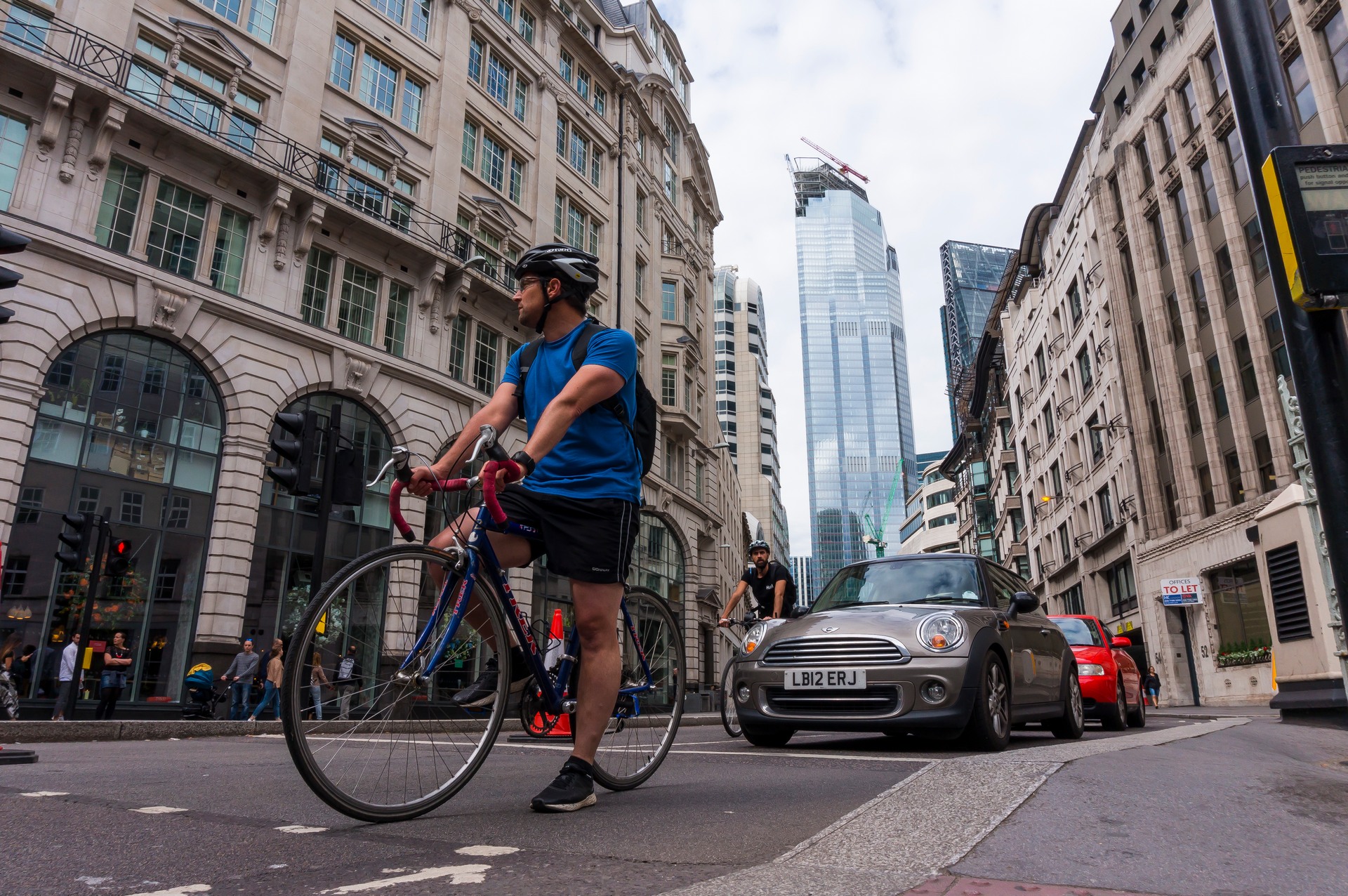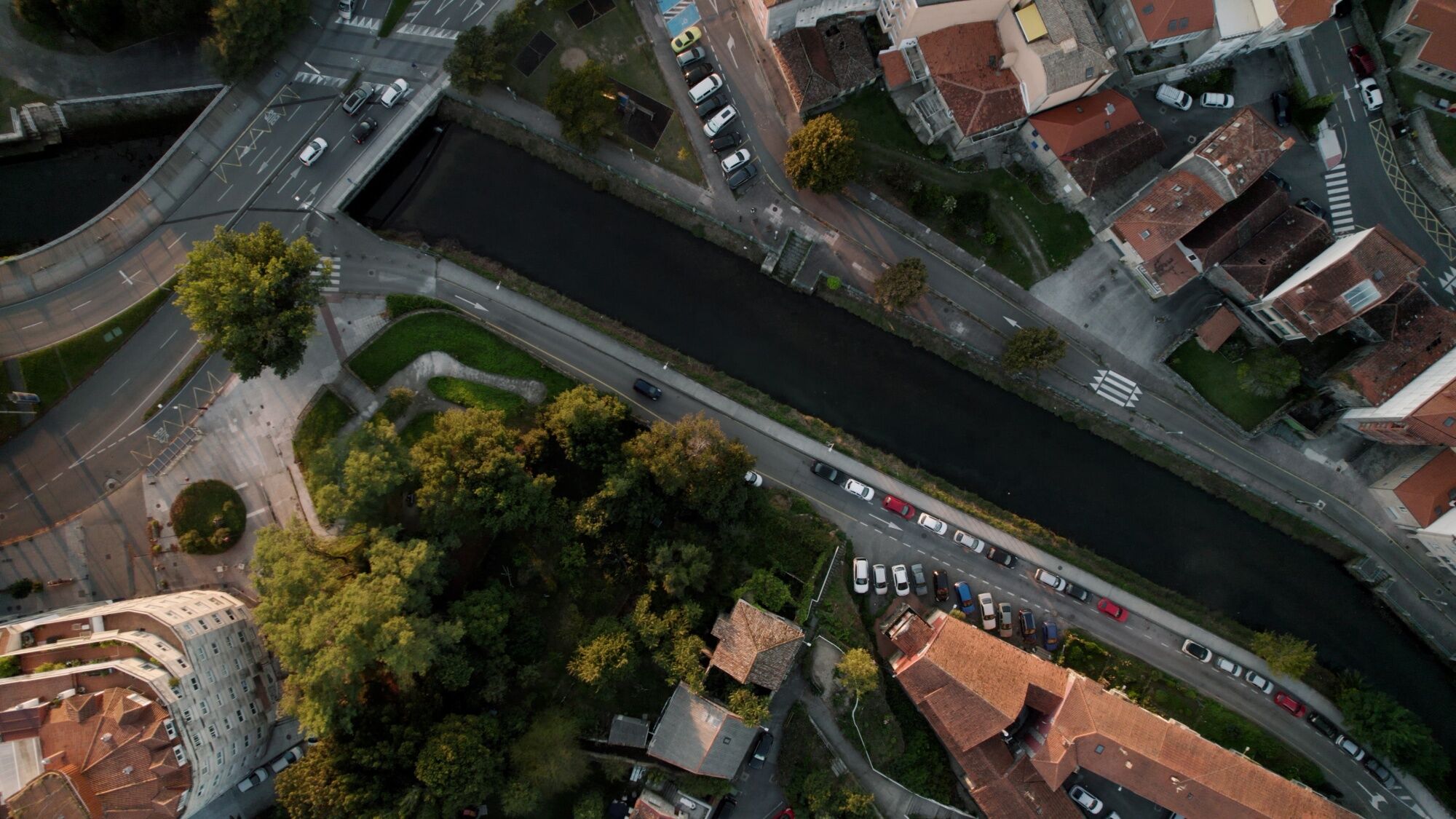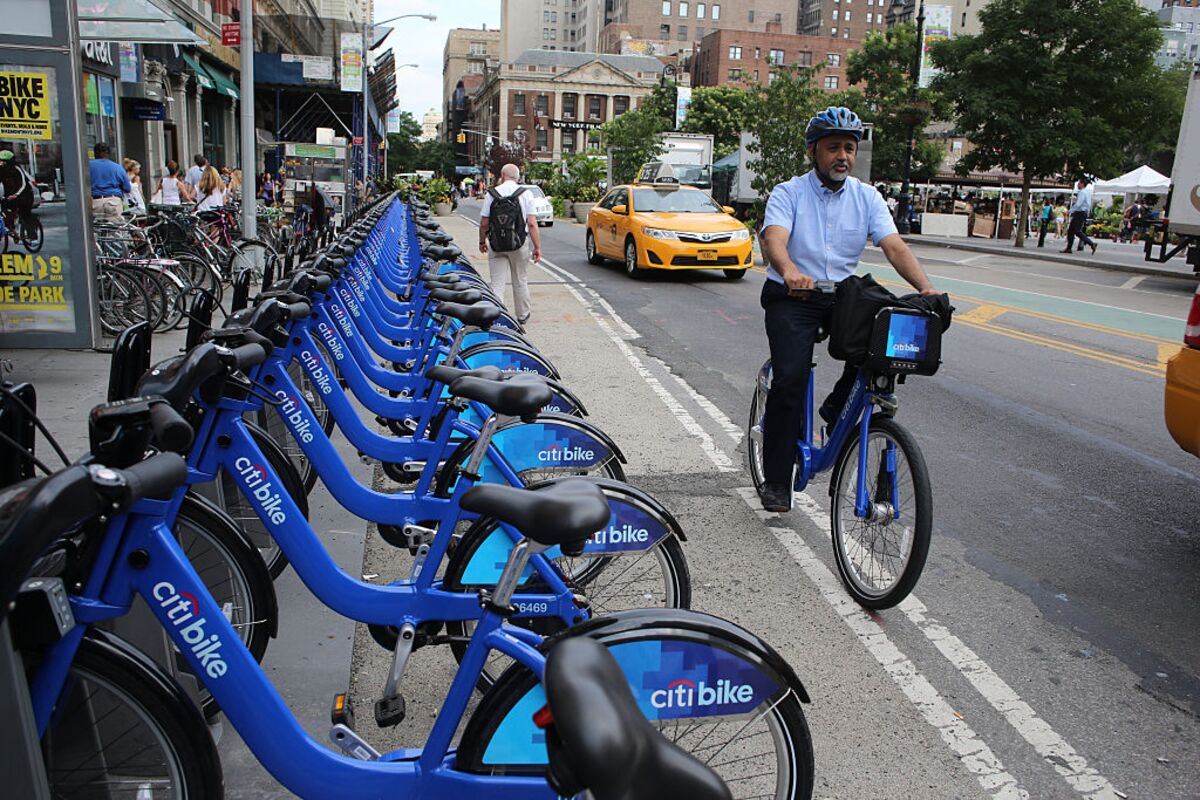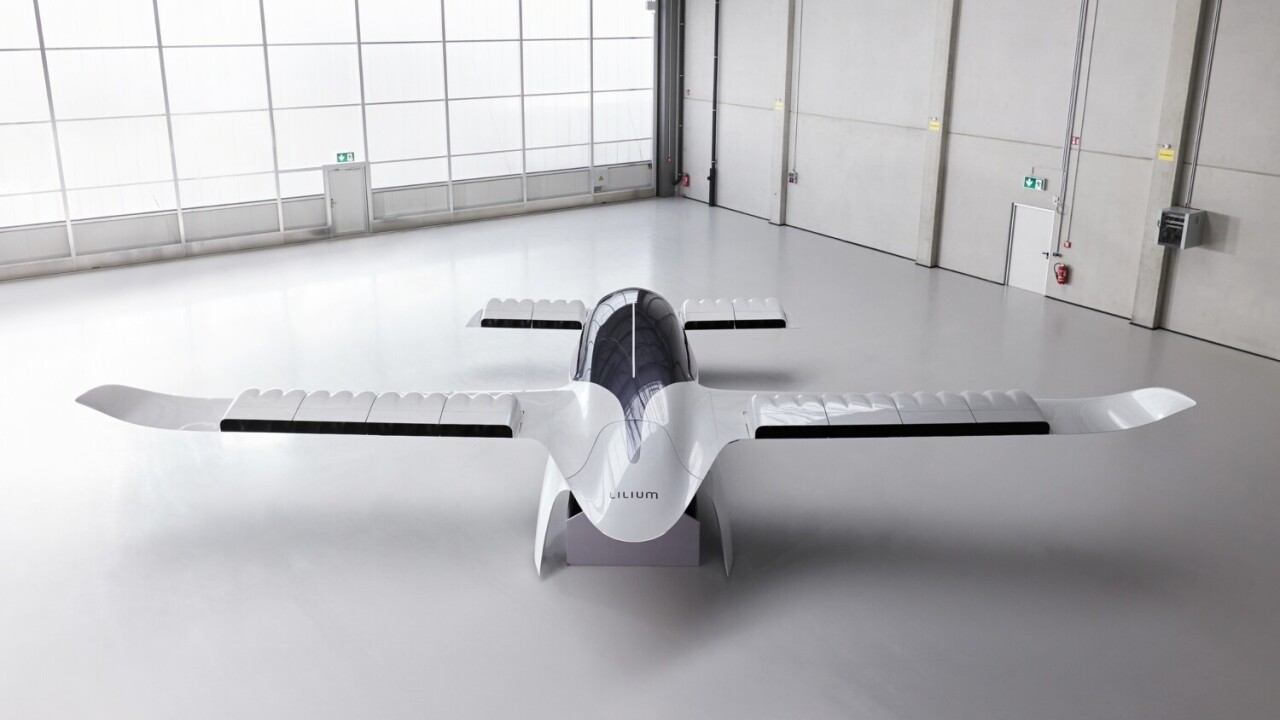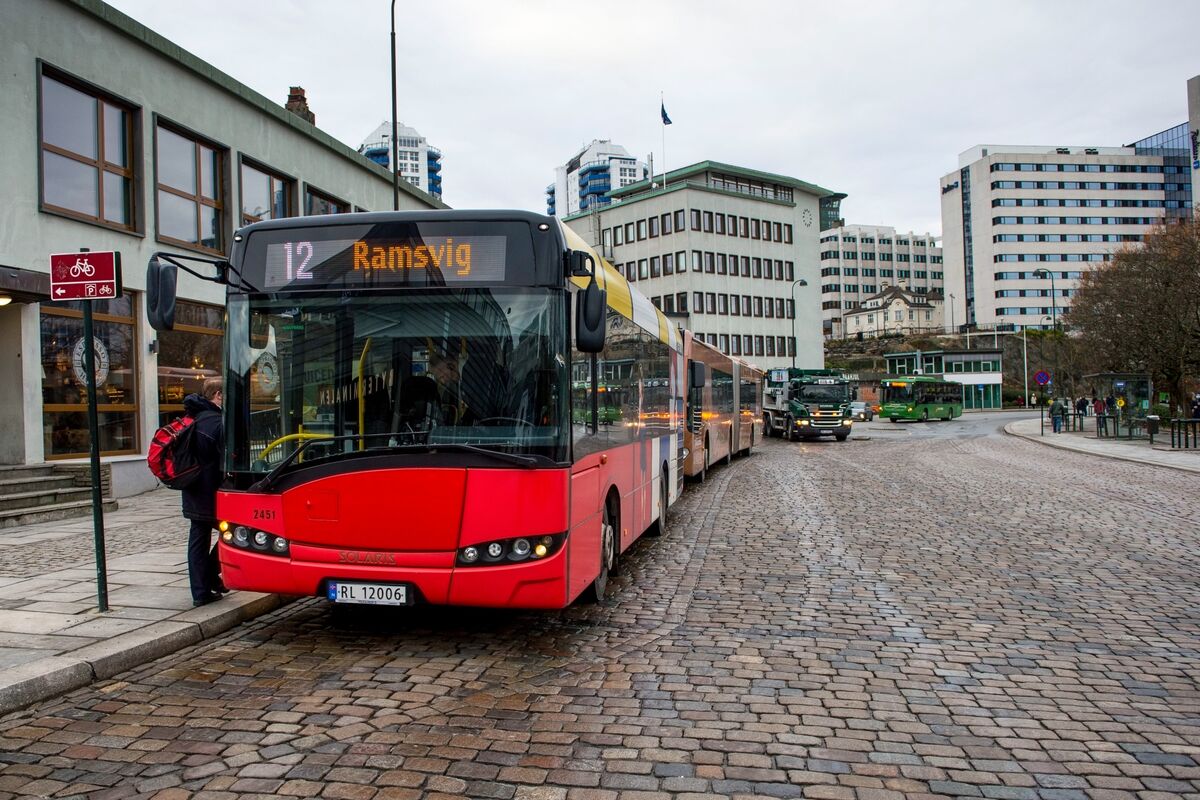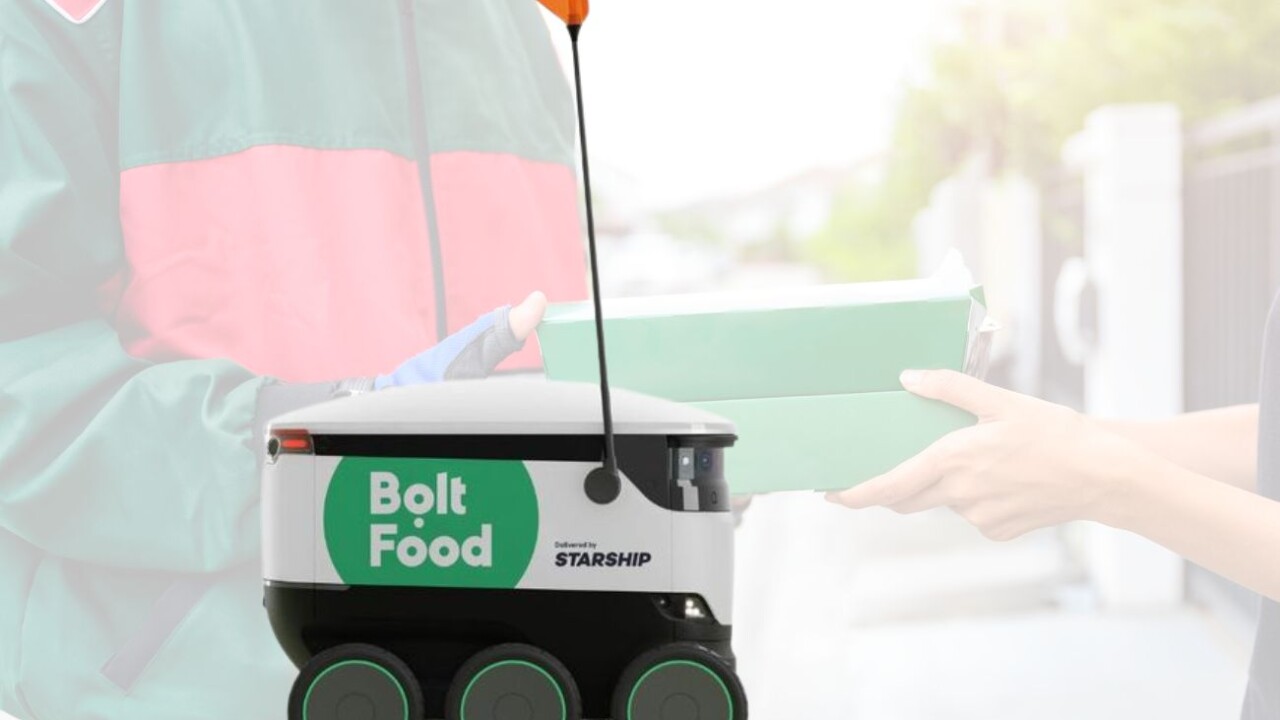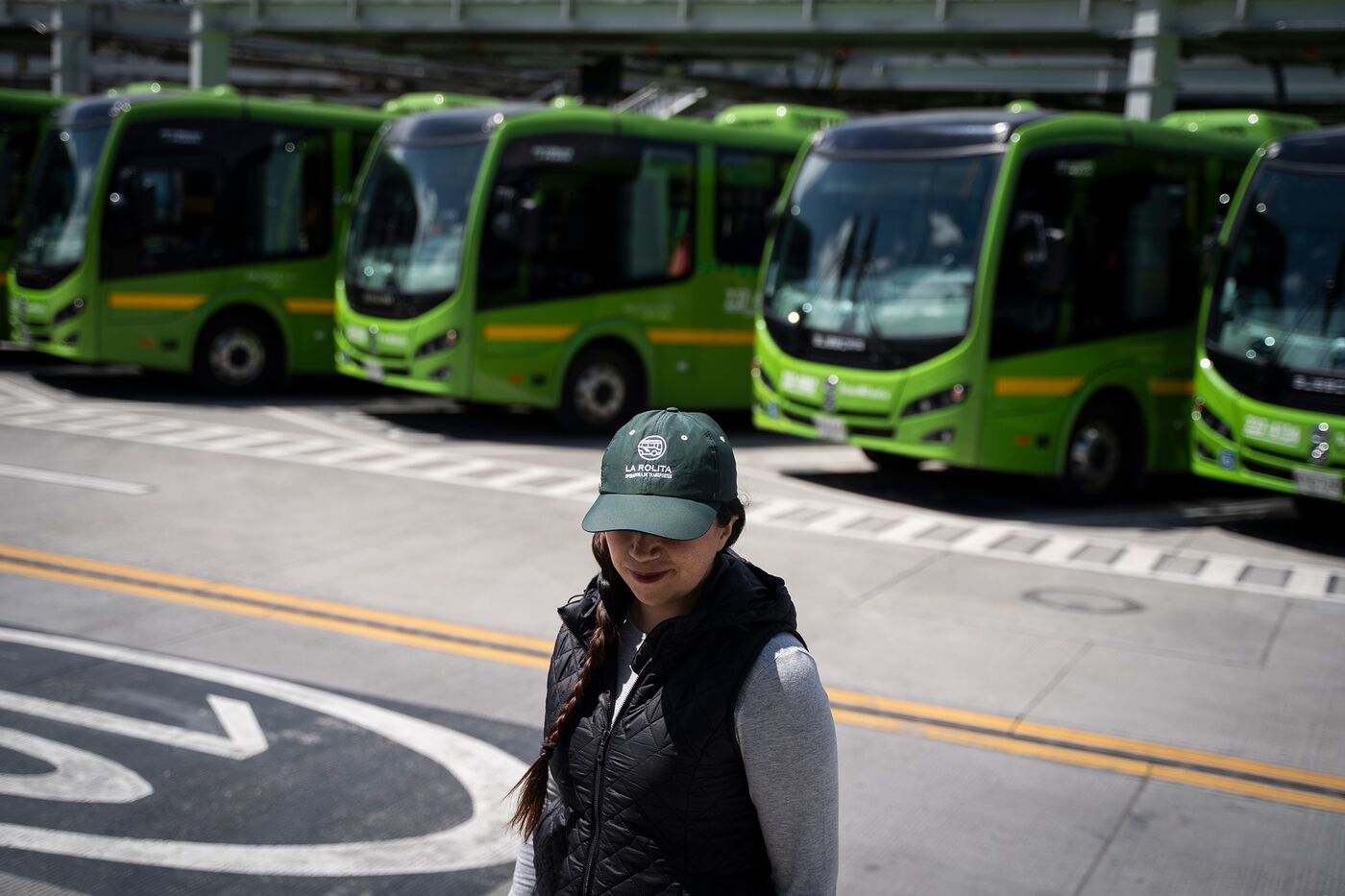Author | Jaime Ramos
Mobility and transport are experiencing one of the most eruptive revolutions. Innovations in digitalization and alternative energies, established in previous decades, are unleashing their potential on the streets, forming the bases of smart mobility.
What is smart mobility?

Smart mobility is one of the core subjects of any smart city. It involves optimizing transport and communications in order to consolidate new standards of sustainability, efficiency, safety and air quality.
Different solutions merge and interrelate in smart mobility. All of these evolve into specific benefits, such as improved health, thanks to air quality, fewer traffic accident victims or reduced traffic congestion.
With regard to traffic congestion, in the US, for example, around 34 hours are spent sitting in traffic each year. This costs the country around 121 billion dollars (https://www2.deloitte.com/content/dam/insights/us/articles/smart-mobility-trends/DUP_1027_Smart-Mobility_MASTER1.pdf)
Time and economic costs, but lives too. According to the WHO, air pollutants are responsible for two million deaths each year, with 91% of the world population living in places in which the WHO air quality guideline levels are not met.
Objectives of smart mobility
In order to understand the objectives of smart mobility, its targets can be dissected as follows:
- Improve network and traffic management systems.
- Increase safety levels and reduce traffic accidents.
- Increase efficiency in communications and travel times.
- Ensure environmental and economic sustainability.
- Offer citizens a new community perspective.
Smart mobility solutions
Decarbonization and Electrification
The transportation industry is experiencing its particular rift in banishing fossil fuels and embracing electrification in its different variants. A process that we know as decarbonization and which is one of humanity’s greatest responsibilities to itself and to the planet. In the European Union, for example, transport accounts for more than 30% of CO2 emissions. And of these, road transport is responsible for 72%.
This is why European institutions have been striving to reduce emissions for years and force car manufacturers to support electric vehicles.
Big Data and IoT applied to mobility

One of the fundamental pillars of 21^st^ century mobility is in the management of large-scale traffic data. In order to understand large-scale transport flows we have no choice but to use certain resources: installing data sensors and collection devices on infrastructures and vehicles in order to implement the effectiveness of transport networks with the help of AI and IoT.
This trend would provide benefits in terms of road traffic prevention, reduction of travel times or clean electric energy management to fuel electric mobility. It is also a fundamental part of the next solution.
Autonomous vehicles and urban transport automation
Another derivative of AI that comes with a burning question: when will cars drive themselves? The answer is somewhat complex. The truth is that technology is maturing at an incredible rate. In 2018, Waymo announced that as part of their tests, their autonomous vehicles had driven over 16 million kilometers at the highest level of self-driving.
The question should therefore be changed to, when will we be ready? Regardless of how it happens, it will bring with it historic benefits that we can only imagine.
Humanizing streets

Despite the digital revolution as a result of the preceding innovations, smart cities are fully aware than humans must be at the forefront of the revolution.
This somewhat Renaissance position leads us to consider the way to ensure that the most human essence of mobility is not lost. That is, the advantages of pedestrianization, bicycles, together with other new PMVs.
As illustrated, smart mobility receives support from numerous and varied sources, but which operate on the same principles and which will, undoubtedly, change our idea of transport.
Images | iStock/kazuma seki, iStock/naveen0301, iStock/Aurelian Gabriel Teleptean, iStock/Blue Planet Studio
